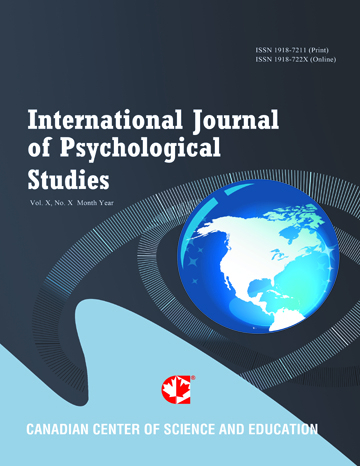A Dual-Factor Approach to Exploring Wraparound Outcomes in Children with Serious Emotional Disturbance within Community-Based Mental Health Settings
- Rebecca N. Thomson
- John S. Carlson
- Dylan S. T. Voris
- Millie Shepherd
- Kim Batsche-McKenzie
Abstract
Research has documented positive outcomes for youth who receive wraparound services; however, the specific mechanism for change has not yet been clarified. Data were collected from a sample of 253 youth with Serious Emotional Disturbance (SED) who completed wraparound services as a part of publically-funded community-based mental health services (58% male; 49% Caucasian; mean age 12.25 years). Results indicated that both environmental and individual protective factors increased significantly and risky behaviors, including self-harm and aggressive behaviors, decreased significantly throughout youths’ time in wraparound services. Improvements in protective factors and decreases in risk factors were significant predictors of clinically significant mental health improvement at exit from community-based wraparound services. Study findings highlight the utility and importance of a dual-factor approach to mental health assessment when implementing and evaluating wraparound services.
- Full Text:
 PDF
PDF
- DOI:10.5539/ijps.v9n1p107
Journal Metrics
1. Citations (March 2025): 10975
3. i10-index (March 2025): 233
For details about the Journal Metrics, please visit the Google Scholar website.
Index
- AcademicKeys
- CNKI Scholar
- Elektronische Zeitschriftenbibliothek (EZB)
- Excellence in Research for Australia (ERA)
- GETIT@YALE (Yale University Library)
- Harvard Library E-Journals
- JournalSeek
- JournalTOCs
- LOCKSS
- MIAR
- Open Access Journals Search Engine(OAJSE)
- Open J-Gate
- PKP Open Archives Harvester
- SHERPA/RoMEO
- Standard Periodical Directory
- The Keepers Registry
- UCR Library
- Ulrich's
- Universe Digital Library
- WorldCat
Contact
- Barbara SunEditorial Assistant
- ijps@ccsenet.org
